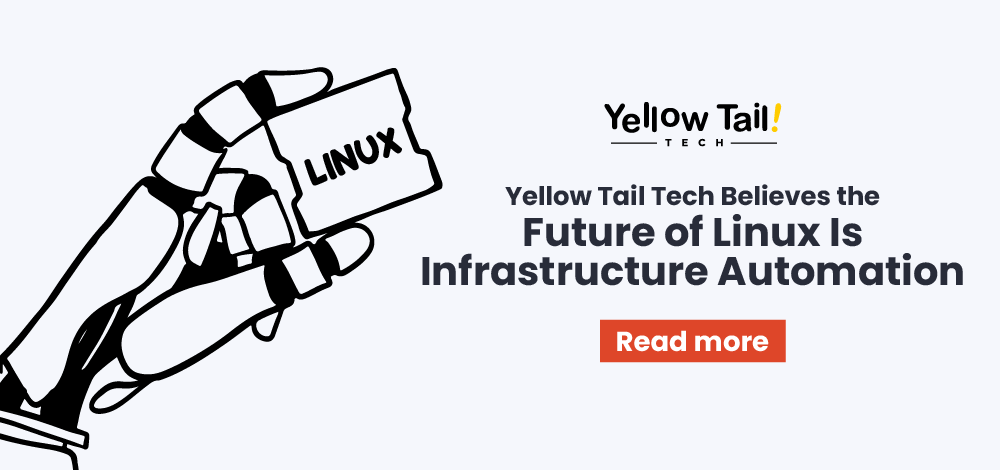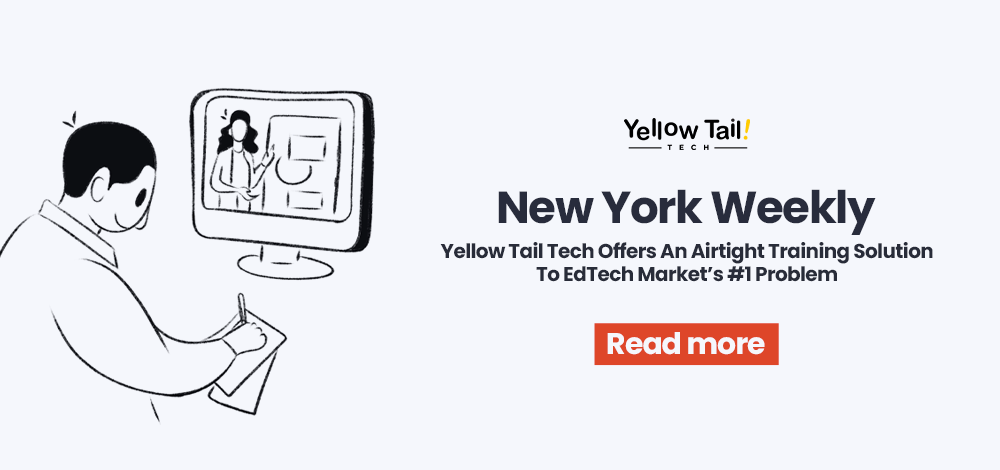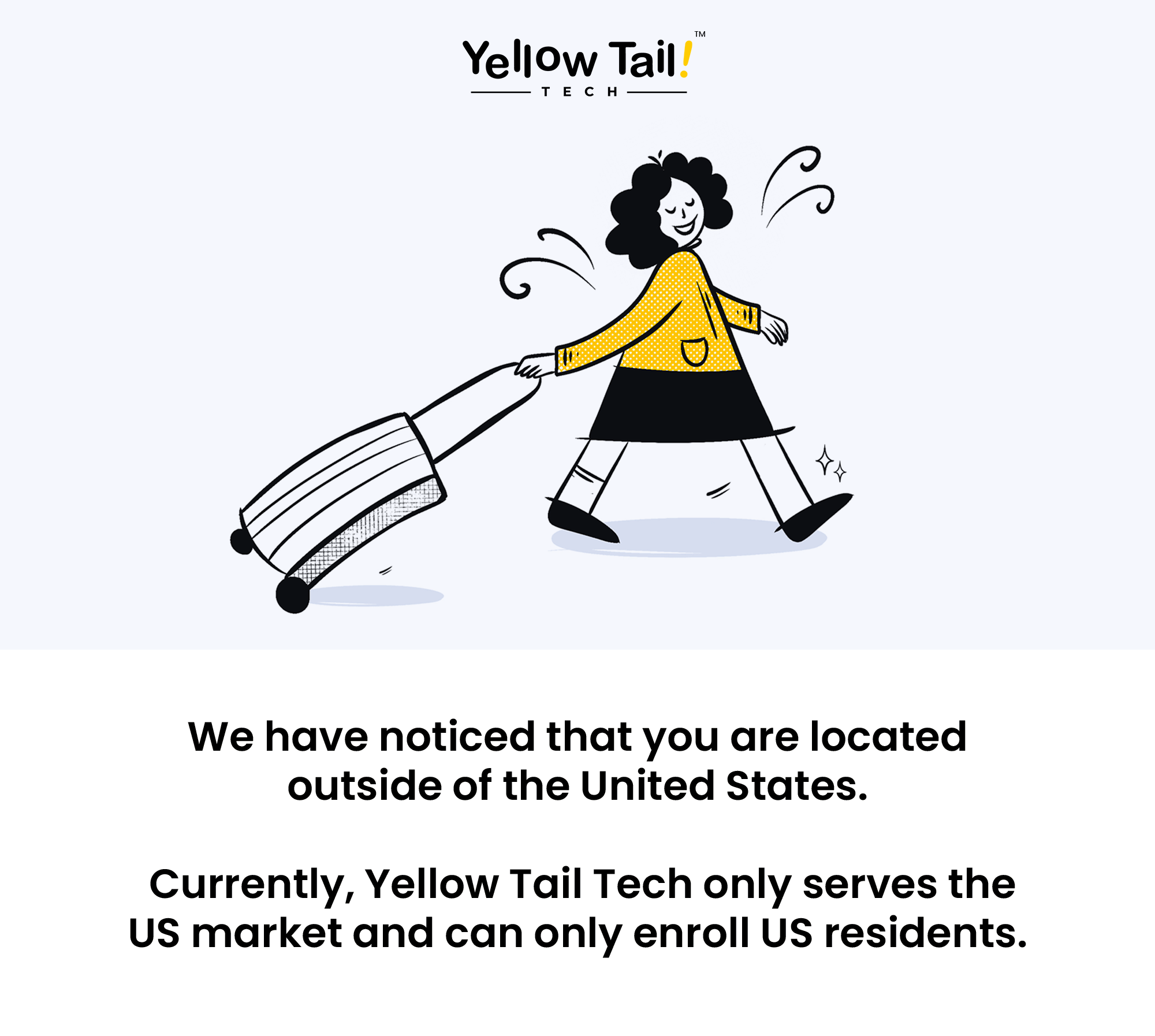A recent security breach in which a hacker remotely accessed a connected vehicle’s control system has reignited concerns over the rapidly growing integration of the Internet of Things and cloud computing into modern life.
What once sounded like science fiction — a car’s locks, navigation, and diagnostics managed remotely — is now a daily reality. This latest incident is a stark reminder that, while technology is becoming increasingly advanced, the number of people trained to keep it secure remains in short supply.
From transportation fleets to hospital systems and even home security networks, connected systems have moved beyond convenience. They’re now critical infrastructure. As adoption accelerates, industries face a major challenge: the need for skilled professionals who can design, secure, and maintain these technologies is outpacing the supply of qualified talent.

IoT and Cloud: Why They’re Stronger Together
The Internet of Things (IoT) has experienced explosive growth over the past decade, with billions of devices — ranging from smart thermostats to industrial sensors — constantly collecting and transmitting data.
This massive stream of information demands infrastructure that can process it quickly, securely, and at scale. That’s where cloud computing comes in.
Cloud platforms offer the flexibility, computing power, and scalable storage IoT devices require. By centralizing data in the cloud, companies can analyze trends, deploy updates instantly, and integrate advanced tools like artificial intelligence and machine learning.
The result is an ecosystem where connected devices don’t just function — they continuously learn and improve. But as these systems become more interconnected, they also become more complex to manage and secure.
The Skills Gap Becomes a Business Risk
The adoption of IoT and cloud technologies is happening faster than the talent pipeline can keep up. This shortage isn’t just a hiring inconvenience — it’s a direct business risk.
Without enough qualified engineers, administrators, and security specialists, organizations face:
- Higher chances of outages
- Greater exposure to cyberattacks
- Increased compliance and regulatory risks
The Skills in Highest Demand Right Now
According to industry reports, the most in-demand technical skills for IoT and cloud computing include:
- Linux systems administration – Powers the majority of IoT devices.
- Networking fundamentals – Manages complex communication between devices and servers.
- DevOps and automation – Streamlines deployment, updates, and scaling.
- Cloud security – Protects sensitive data and prevents costly breaches.
“Without skilled professionals, IoT and cloud systems can’t operate safely or efficiently,” said Yellow Tail Tech CEO Jubee Vilceus. “That’s why our programs focus on the exact Linux, cloud, and automation skills employers are desperate to find.”
Why Linux and Edge Computing Are Game Changers
Most IoT infrastructure runs on Linux due to its flexibility, security, and open-source community support.
Edge computing — which processes data closer to its source — is becoming a critical companion to cloud systems. By reducing latency and increasing efficiency, edge computing enables faster decision-making in areas like:
- Autonomous vehicle navigation
- Real-time health monitoring
- Smart manufacturing systems
Yellow Tail Tech’s The Rise of Edge Computing: How Linux Powers IoT Innovations details how Linux expertise combined with edge computing skills allows professionals to build more secure, efficient IoT solutions.
Career Opportunities Emerging from the IoT-Cloud Boom
The growth of IoT and cloud ecosystems is creating high-demand roles such as:
- Cloud Engineer
- DevOps Engineer
- IoT Systems Architect
- Site Reliability Engineer (SRE)
- Infrastructure Engineer
These roles require proficiency in Linux, networking, cloud platforms, and automation — exactly what Yellow Tail Tech’s programs teach through hands-on, job-focused training.
Why Professionals Should Upskill Now
The next five years will bring billions of new connected devices online, further integrating the Internet of Things and cloud computing into daily life.
Those who start upskilling now will be first in line for high-paying, future-proof roles. Waiting could mean being left behind as technology — and the job market — moves forward.
Yellow Tail Tech’s Lnx For Jobs program equips students with:
- In-demand Linux administration skills
- Networking and cloud fundamentals
- Automation and DevOps workflows
- Real-world, project-based experience
The Urgency for Industry and Government Action
Closing the skills gap isn’t just an individual responsibility — it’s a challenge that industries, educators, and governments must address together. Funding for training programs, public-private partnerships, and early education in technical fields can accelerate workforce readiness.
Without coordinated action, the gap will continue to grow, leaving critical infrastructure vulnerable and innovation stalled.
Future-Proofing the Workforce
“As the Internet of Things and cloud computing expand into every corner of our lives, the skills gap will only widen,” Vilceus added. “Upskilling today isn’t just a career move — it’s a safeguard for the future of our digital world.”
If you’re ready to build those in-demand skills, Yellow Tail Tech’s Lnx For Jobs program can guide you step-by-step, even if you’re starting from scratch. It’s designed to help career changers and aspiring IT professionals gain the Linux, cloud, and automation expertise employers are looking for — and turn it into real job opportunities. Discover how you can get started here, book a 10-minute intro call with us.
News source: Security flaws in a carmaker’s web portal let one hacker remotely unlock cars from anywhere
Frequently Asked Questions
- What is the Internet of Things (IoT)?
The Internet of Things (IoT) refers to the network of physical devices, vehicles, appliances, and other objects that are connected to the internet and can collect, exchange, and process data. IoT enables smart, efficient systems in various sectors such as healthcare, transportation, and home security. - How does IoT rely on cloud computing?
Cloud computing provides the infrastructure necessary to process, store, and analyze the vast amounts of data generated by IoT devices. It enables real-time decision-making, supports scalable storage, and integrates advanced tools like AI and machine learning, making IoT devices smarter and more efficient. - Why should I upskill for a career in IoT and cloud computing now?
The next five years will bring billions of new connected devices, creating high-paying, future-proof roles in IoT and cloud computing. Upskilling now can ensure you are well-positioned for these opportunities before the talent gap widens further.






